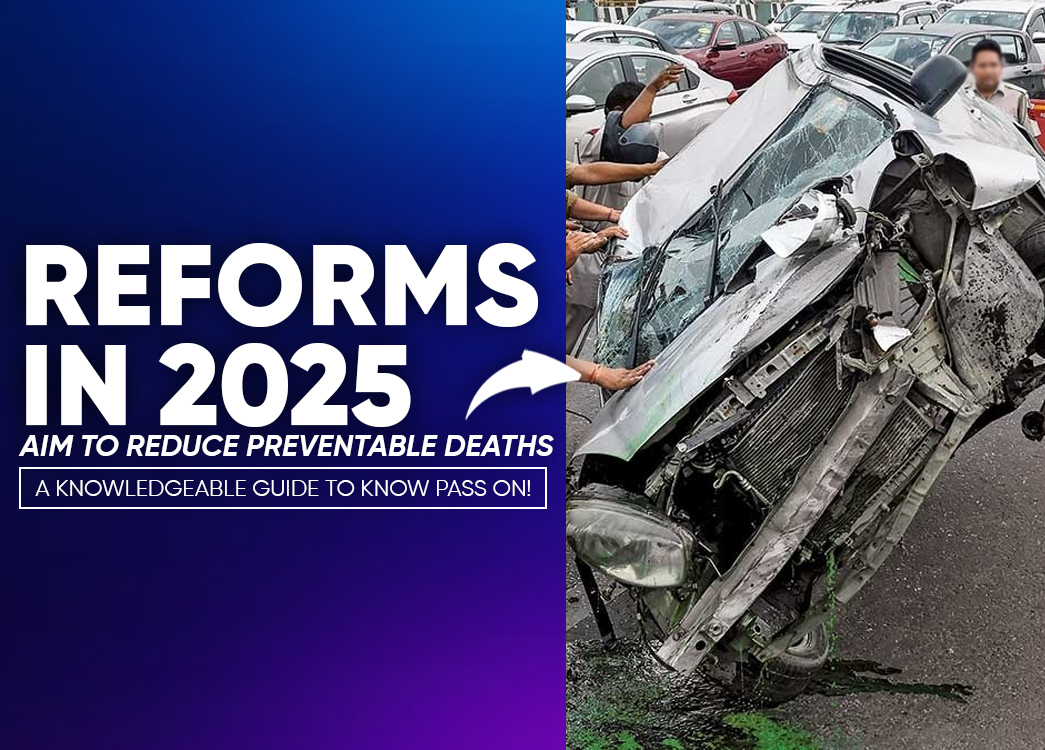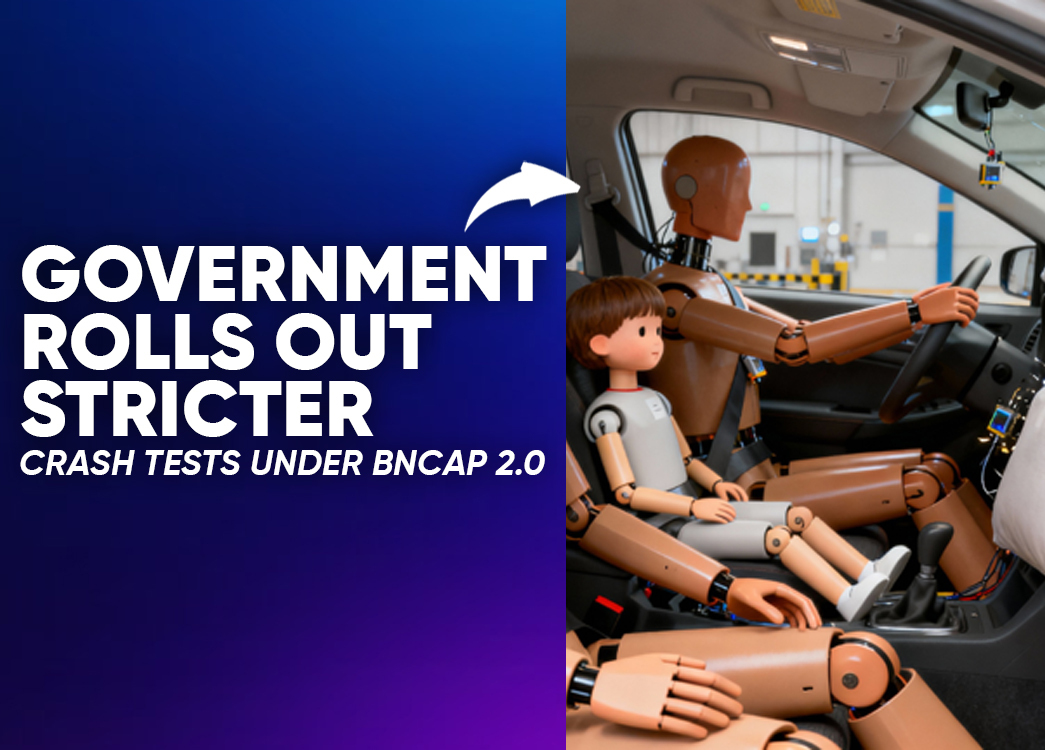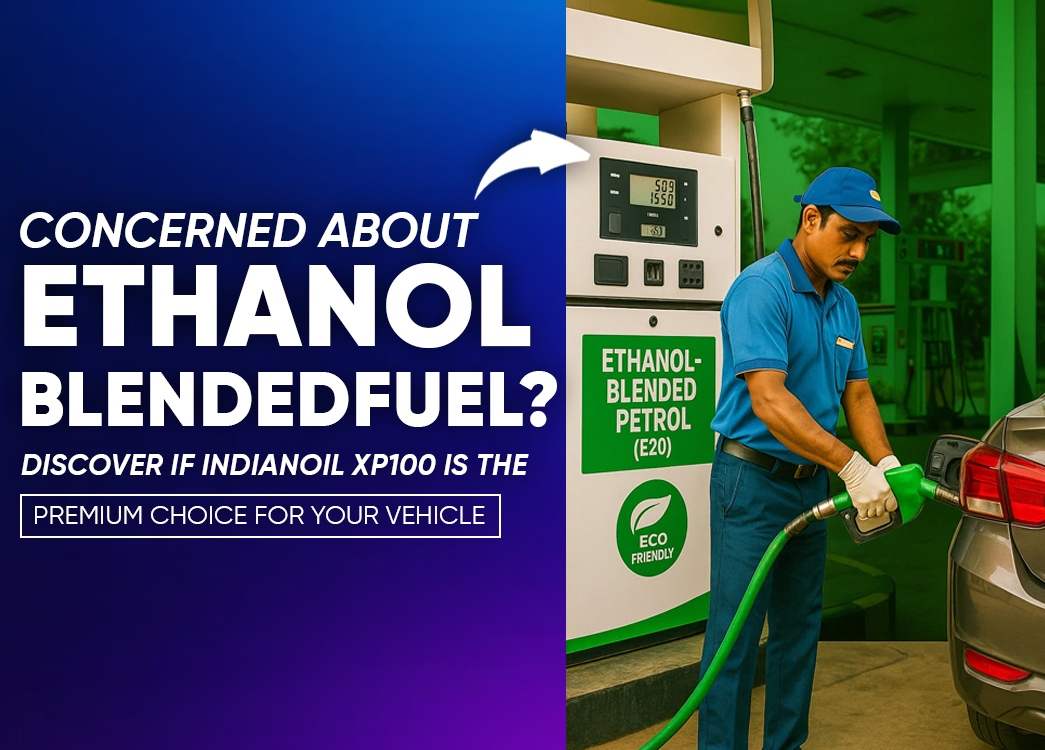
By creckk On 05-08-2025 at 12:03 pm
India's Road Crisis 2025: Alarming Stats & Smart Reforms You Need to Know
India Road Accident Statistics 2025 Key Causes & New Safety Reforms
Alarming Rise in Road Accidents in 2025
Over 1.6 lakh lives were lost and 4.5 lakh road accidents were reported in 2025. This marks a 4.3% increase from 2024, keeping India among the countries with the highest number of road fatalities worldwide.
Major Causes of Road Accidents in India (2025)
1. Overspeeding Remains the Top Killer
Over 70% of traffic-related deaths in 2025 were due to overspeeding. Highways, flyovers, and city roads have become increasingly dangerous due to reckless driving at high speeds.
2. Drunk Driving and Substance Abuse
Despite legal penalties and public awareness campaigns, alcohol and substance-influenced driving remains a major issue, especially during late-night hours.
3. Distracted Driving
Using mobile phones while driving whether for texting, calling, or recording contributed to 8% of all accidents. This modern behavior continues to grow as a road safety threat.
4. Poor Road Infrastructure
Potholes, broken dividers, lack of signage, and dangerous intersections are major contributors to accidents, particularly in rural and semi-urban areas where road maintenance is often delayed.
5. No Helmets and Seatbelts
A significant number of fatalities involved riders not wearing helmets or passengers not using seatbelts. Statistics show that 43% of bike-related deaths could have been prevented with proper helmet use.
Who Are the Victims?
Young adults aged 18-35 accounted for more than 55% of road accident deaths. Pedestrians and cyclists made up 15% of total fatalities. Tier-II cities and semi-urban areas reported the highest increase in accident numbers, driven by poor infrastructure and lack of traffic discipline.
New Safety Reforms in 2025
1. Bharat NCAP Crash Ratings
All new vehicles are now required to undergo crash testing under the Bharat NCAP. These ratings help consumers make safer choices and pressure automakers to prioritize safety features.
2. Intelligent Traffic Management Systems (ITMS)
Major cities such as Delhi and Pune have adopted AI-enabled traffic systems that automatically detect and penalize violations like red-light jumping, overspeeding, and lane violations.
3. Modernized Highway Patrols
State highway patrols have been upgraded with GPS-enabled vehicles, trained first responders, and onboard first-aid kits to ensure faster accident response and victim support.
4. Mandatory Road Safety Audits
All new road projects and repairs are now subject to third-party safety audits. This is particularly crucial for addressing high-risk black spot areas.
5. Safety Education in Schools and Driving Schools
Road safety modules have been made compulsory in schools and driving schools. The aim is to build road sense and safety awareness from an early age.
The Road Ahead
To reduce road accidents and fatalities, stricter enforcement of traffic laws is essential. Public awareness campaigns using real-life stories can create emotional impact. Incentives for safer vehicles and better emergency response systems, especially on highways, will also play a crucial role. India’s goal to cut road deaths by 50% under the UN Decade of Action for Road Safety (2021–2030) is ambitious but achievable with joint effort.
Frequently Asked Questions (FAQ)
Q1: How many road accident deaths were reported in India in 2025?
Over 1.6 lakh people died in road accidents, according to official data.
Q2: What is the biggest cause of traffic deaths in India?
Overspeeding remains the leading cause, contributing to nearly 70% of all traffic fatalities.
Q3: What safety reforms has India introduced in 2025?
India has launched Bharat NCAP crash test ratings, AI-powered Intelligent Traffic Management Systems, modernized patrols, safety audits for road projects, and integrated safety education in schools.
Q4: Are accidents more common in rural or urban areas?
Although urban areas have more traffic, rural and Tier-II regions often report higher fatality rates due to poor infrastructure and weaker law enforcement.
Q5: How can I help reduce accidents?
You can help by following traffic rules, avoiding phone use while driving, always wearing seatbelts and helmets, and reporting unsafe driving behaviors.
Related posts









